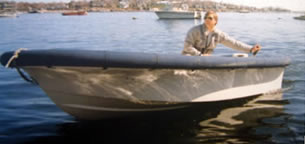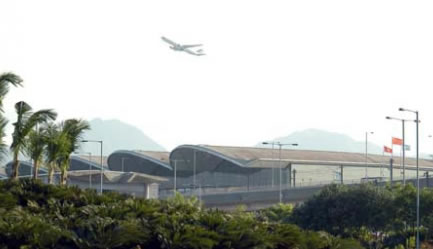Vacuum Moulding
Movevirgo Limited has been involved in the vacuum / resin transfer moulding of a large number of industrial products over the past 35 years, of which 95% have been developed in conjunction with the end client. This has ensured that pre-agreed design criteria have been at the forefront of all projects to try and ensure a smooth and efficient introduction of components to market. We have a good track record for tackling design and production issues, and supplying a novel approach to resolve problems.
Airport Furniture
Production of solid cored FRP airport check in and baggage desks required a large number of different style components, designed and sold (by others) to fit together on site with minimal fuss. The projects required provision of suitable tooling by Movevirgo Limited, which ensured neat and precise joint lines to minimise the finishing time required. The furniture produced was supplied under our ISO Quality Control System, to time and specification.
Airports receiving refurbishment / new installation of furniture include:-
Rio de Janerio, Mauritius, Houston, Dominican Republic, Khanty Mansysk, Xiamen and Luton airports. Samples of the units are shown below.
Boat Moulding
The vacuum moulding has also been used to effect in the production of several moulding projects for the marine industry.
The first project was based around a requirement to produce the deck moulding for the Laser 28 yacht. The main criteria that were being pursued were:-
- Consistent, repeatable quality.
- Reduced labour requirements.
- Reduced overall costs.
- Effective control of styrene emissions.
- Tight control of material usage.
Boat Moulding - Laser 28
The Laser 28 was novel at the time of the project (1982/3) due to the use of Kevlar as the main reinforcement laminate. Use of Kevlar in boatbuilding at that time was very restricted, and together with a PVC foam core and high quality isopthalic polyester gelcoat / resin systems, the results gave a moulding that was both light in weight yet had high strength and impact qualities, and was consistent in quality. Local areas requiring pad reinforcement (to secure winches etc.), incorporated marine grade ply into the moulding process, meaning that on completion the moulding simply needed releasing and trimming before transfer onto the fit out area.
Boat Moulding - Laser 28
Also developed, using the vacuum moulding system, were two dinghies of 9’ and 11’ in length, which were designed to be used in the American marine market as tenders, and were of a light weight but stiff construction. The idea being that a small horsepower engine would be sufficient to allow the dinghy to plane.
Industrial vacuum moulding
Polyester industrial vacuum moulding projects have included the development of the moulding system to produce a heavy truck dashboard complete with indents allowing for the fitment of all instruments.
The vacuum system lends itself to moulding components using phenolic resins, due to the hazardous phenol / formaldehyde fumes produced during the resin curing process being contained by the vacuum moulding process. In house air monitoring (by a specialist company) has shown that there are insignificant levels of phenol / formaldehyde present in the factory atmosphere. Typical products produced are used for industrial electrical work and feature items such as underground cable joints, arc chute protection and vent chambers.
Products produced have been used by clients on major building projects worldwide such as the Channel Tunnel and Chek Lap Kok airport Hong Kong.




